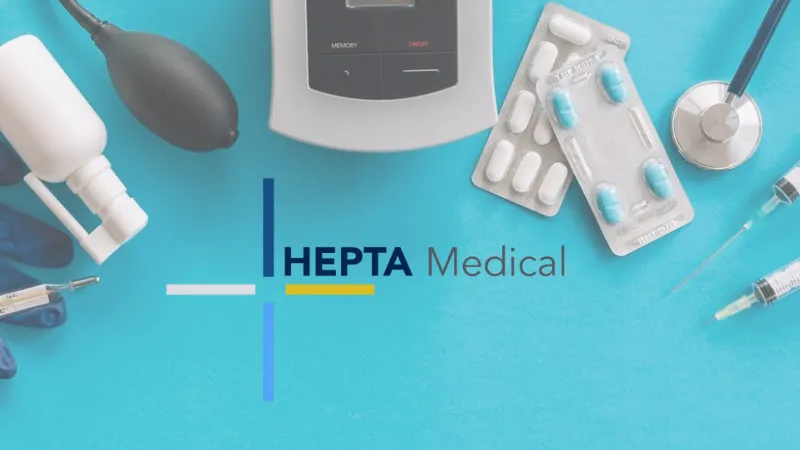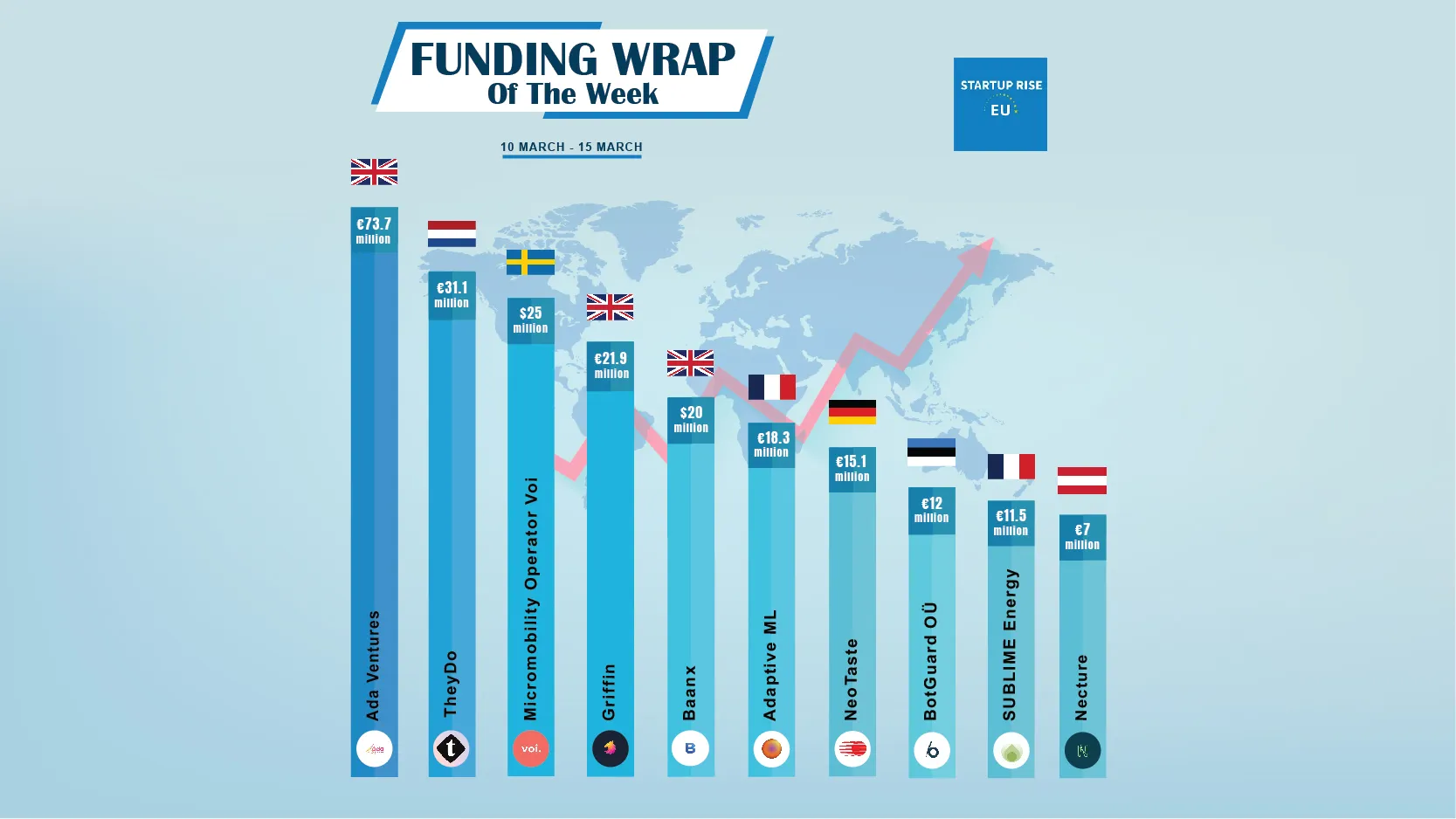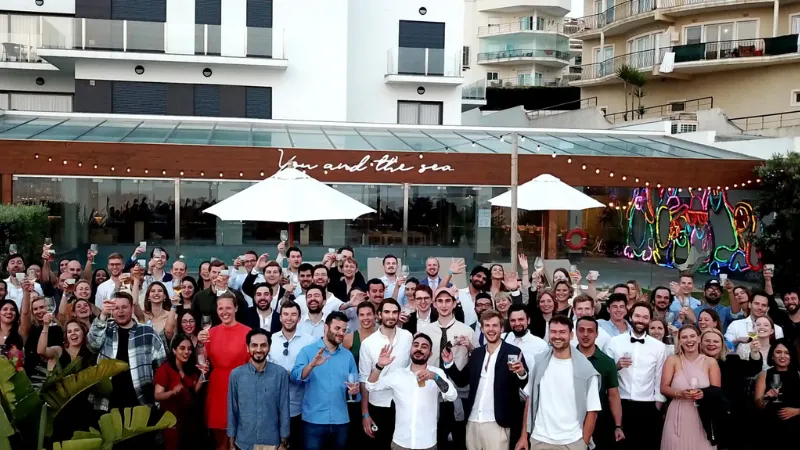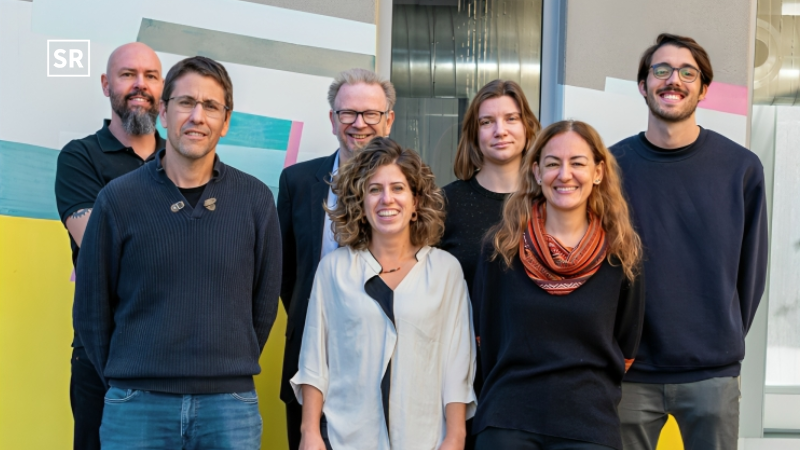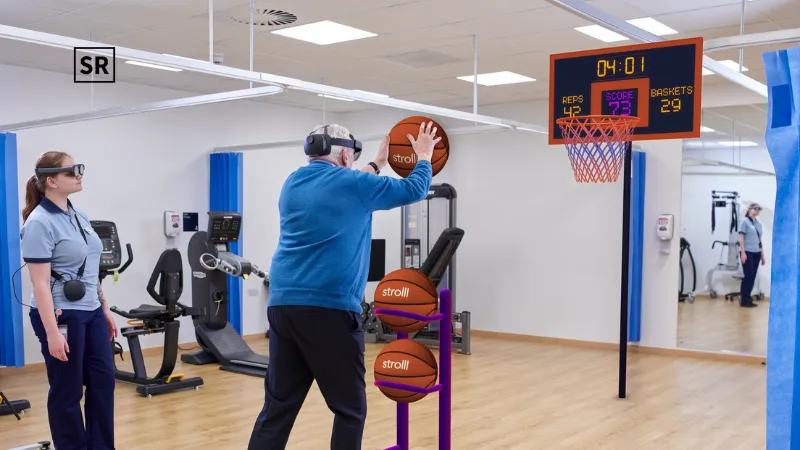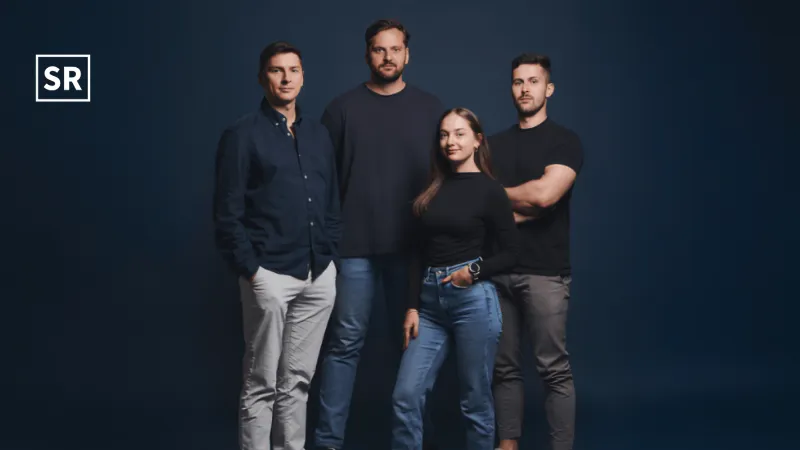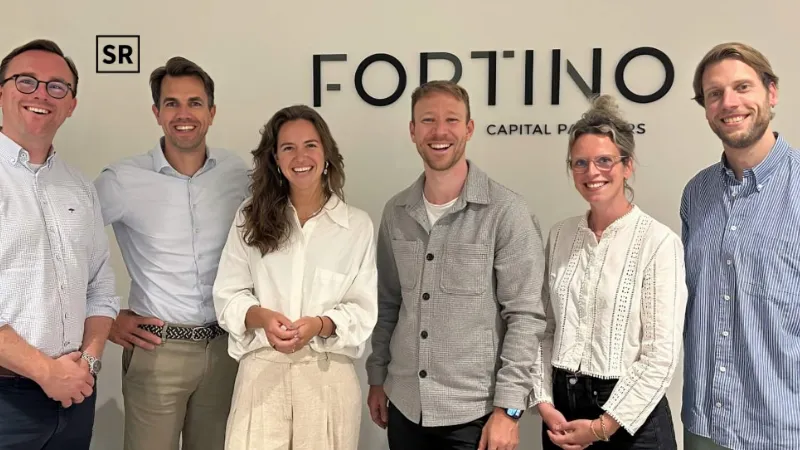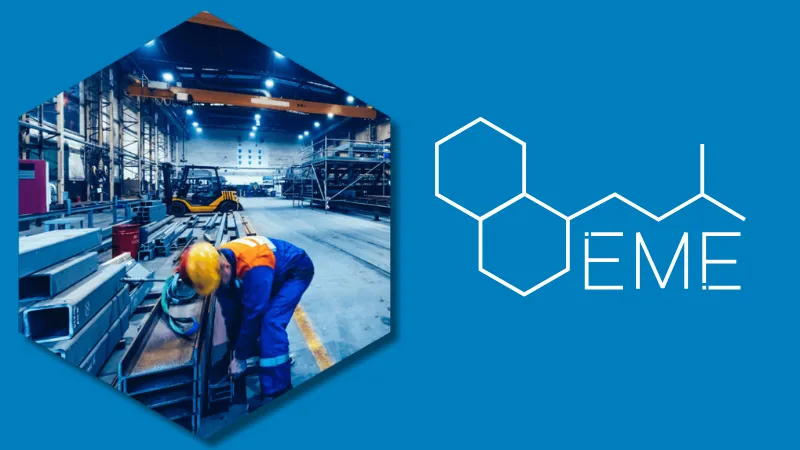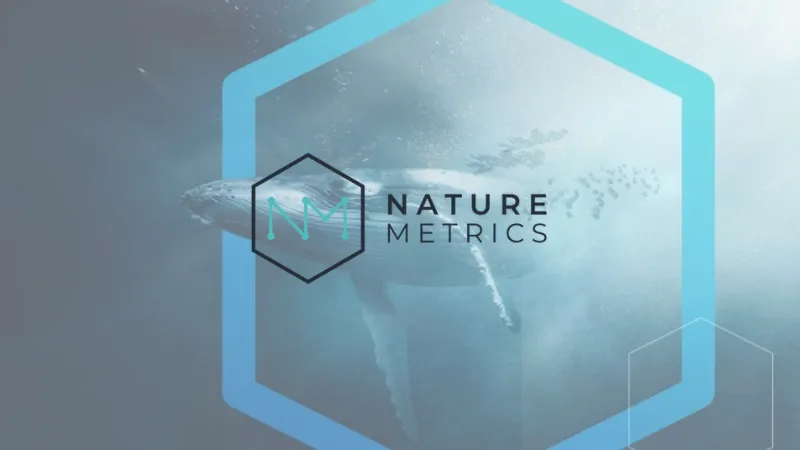GRASP Earth: Earth Observation Makes A Difference For Millions
Feb 17, 2025 | By Startuprise
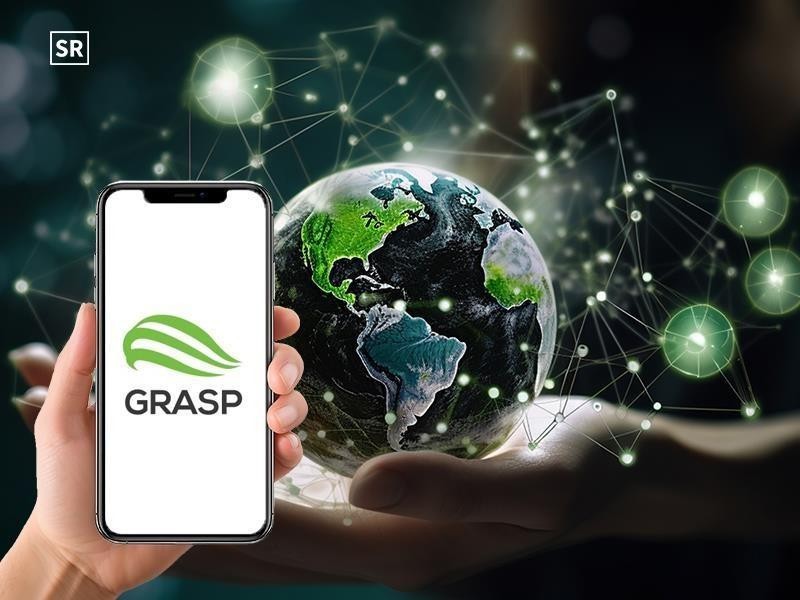
While many people frequently discuss their illnesses and treatments available, only a few consider the underlying causes of their health problems. Air pollution is one of the major contributors to the rising number of health issues and premature deaths. According to the World Health Organization, air pollution, in the form of toxic gases and particles suspended in air, kills about 7 million people each year (WHO guidelines).
With the fast evolution of Earth Observation capabilities from space and ground we can monitor human-made and natural sources of air pollution and provide data needed for policy makers to significantly reduce health threats. GRASP Earth is one of emerging climate tech companies that contribute to efforts dedicated to dealing with global environmental and climate challenges.
Read the success story behind GRASP Earth, a university start-up based in Lille, France, their innovative ideas, business model, products and services, future plans, and more.
GRASP Earth: Company Profile
| Startup Name | GRASP Earth |
| Headquarters | Lille, France |
| Sector | Climate Tech |
| Leaders | Dr. Oleg Dubovik, Dr. David Fuertes (CEO), Prof. J. Vanderlei Martins, Dr. Lorraine Remer (AirPhoron CEO), and Mr. Richard Kleidman . |
| Founding Year | 2015 |
| Website | https://www.grasp-earth.com/ |
GRASP Earth Startup Story
GRASP Earth was created in 2015 as a spin-off from the University of Lille (France) start-up uniting just a few people. The story of GRASP Earth began when Oleg Dubovik, CNRS Research Director, David Furetes, talented software engineer, together with a few other enthusiasts realized that scientific developments initiated in universities could help the community to deal with many environmental issues much more fruitfully if provided with actual technological tools. The French university team was also strongly supported by Austrian business entrepreneur, Christian Ferderspiel. The team grew into an inspiring group of entrepreneurs, scientists and engineers, building something bigger together.
At that moment, the activity of the company was focused on exploiting the GRASP algorithm for advanced processing software for Earth Observations satellites and ground-based instruments (Generalized Retrieval Atmosphere and Surface Retrieval Properties, Dubovik et al. 2021). The GRASP company secured a number of research contracts with leading European space agencies including ESA, EUMETSAT and CNES and have earned a stellar reputation and recognition from the relevant space science and remote sensing community.
In 2021, with investment from Findus GmbH (CEO C. Ferderspiel), GRASP joined forces with American start-up AirPhoton Inc. founded in 2012 by J. Vanderlei Martins, Lorraine Remer and Richard Kleidman, who were involved in NASA research and development activities since the early 1990s. Interestingly, the AirPhoton founders were close colleagues of O. Dubovik during this early period when Dubovik was also employed at NASA/Goddard Space Flight Center.
At the time of the merger, AirPhoton was specializing in manufacturing in situ instrumentation and satellite payloads for the characterization of aerosol properties. Together GRASP and Airphoton Inc. formed the GRASP Earth group. The complementarity of GRASP software development and AirPhoton manufacturing activities, as well as, the long history of professional collaboration and personal friendship between the principals of the two companies, the reborn GRASP Earth group emerged as a stronger industrial entity capable to solve more ambitious problems.
One of those ambitious problems is the challenge of air quality and the tragedy of 7 million preventable deaths every year due to air pollution. GRASP Earth has the experience and technical know-how to create an end-to-end solution for air quality monitoring that will provide the information that air quality managers need.
As part of this solution GRASP-Earth has the ability to build a fleet of orbiting space-based remote sensing instruments combined with networks of ground-based in situ monitors and tied together with the highest level software system ever developed for producing air quality data. The founders created GRASP-Earth specifically to implement this solution and to bring healthful air to millions of people.
Also Read-Top 12 Best HealthTech Startups in Europe 2025.
GRASP Earth- Leadership

GRASP Leaders David Fuertes (left) and Oleg Dubovik (right)
Dr. David Fuertes
With more than 15 years of experience, Dr. Fuertes specializes in interpretation of Earth Observations from advanced technologies deployed on satellites and other platforms. He brings expertise in both computer science and measurement technologies. Today, he serves as the CEO of GRASP Earth.
Dr. Oleg Dubovik
With more than 35 years of experience, Dr. Dubovik brings expertise in atmospheric sciences. His contribution to science has been recognized by many awards, among them the NASA Public Service medal in 2005. He was elected an American Geophysical Union Fellow in 2010. In addition, Oleg worked at NASA for 9 years and then worked in France for 18 years as a Research Director at CNRS, a leading research organization. He was the original core author of GRASP algorithm and main driver of the GRASP start-up creation and now serves as the scientific advisor to GRASP Earth.

Airphoton leaders (left to right) J. Vanderlei Martins, Lorraine Remer and Richard Kleidman at the American Geophysical Union meeting in 2017.
Prof. J Vanderlei Martins
With more than 30 years of experience, Prof. Martins is a world-renown expert in designing and building in situ instruments and space payloads for measuring air pollution particles. He led the efforts that have resulted in three successful satellite instruments, two for NASA and one for GRASP Earth. His latest contribution is the HyperAngle Rainbow Polarimeter 2 (HARP2) currently orbiting Earth on NASA’s PACE observatory.
For this effort, he received the NASA Exceptional Public Service medal in 2023. Prof. Martins is a Professor of Physics and Director of the Earth and Space Institute at the University of Maryland Baltimore County (UMBC), in addition to his technical leadership at GRASP Earth’s Airphoton division where he serves as Chief Technical Officer.
Dr. Lorraine Remer
Dr. Remer brings more than 40 years experience in Atmospheric Science research, applications and leadership to the table. She spent 22 years at the NASA Goddard Space Flight Center creating the aerosol product from the data of NASA’s flagship MODIS sensor aboard the Terra and Aqua satellites, and was a part of the first efforts to use that product for air quality applications. Dr. Remer left NASA in 2012 to join Prof. Martins at UMBC and to found Airphoton. She was Airphoton’s founding Chief Executive Officer and is serving in that role again. Dr. Remer was elected as a Fellow to the American Geophysical Union in 2015.
Mr. Richard Kleidman
Mr. Kleidman has over 30 years experience in satellite remote sensing for air quality applications, satellite data user training and business development. He worked at NASA Goddard Space Flight Center supporting NASA software development as a data analyst and as a trainer for most of his 30-year career. Mr. Kleidman was Airphoton’s founding Chief Operations Officer and is now serving the company as Chief Marketing Officer.
Also Read-Top 12 Organic Beauty Startups in Europe 2025.
GRASP Earth- Business Model
GRASP Earth's business model is focused on enhancing Earth Observation solutions, helping to prevent serious risks to both human health and the economy. GRASP Earth is a group of research scientists from different engineering and science fields who work together to monitor atmospheric phenomena through scientific research and innovative technology for Earth Observations from the ground and from space.
The air quality tragedy is recognized by all major health organizations and studies (references). This opens up a billion dollar market as governments, national and local, as well as private industry and non profit foundations devote resources to monitor and then mitigate the dire pollution.
According to Precedence Research, “The global air quality monitoring system market size was calculated at USD 5.82 billion in 2024, grew to USD 6.25 billion in 2025 and is predicted to hit around USD 12.06 billion by 2034, expanding at a CAGR of 7.56% between 2024 and 2034.” Other estimates corroborate this estimate of growth (CAGR of 7.0% from 2023 to 2028 from Markets and Markets; CAGR of 7.5% from 2025 to 2030 from Grand View Research).
The need exists. The market is growing. GRASP Earth’s broad expertise will be there to meet the need and tap into the expanding market. The point is that the problem is too important and too large in scope to limit monitoring to regional efforts. The solution requires a global and therefore a satellite-view perspective, and yet, after decades of attempts, reliance on only satellite data for air quality monitoring has been insufficient.
GRASP Earth combines satellite and ground-based technology with advanced data processing. No other entity, public or private, has the expertise to take this holistic approach for providing a comprehensive air quality monitoring solution.
GRASP-Earth is prepared to meet the need with their own fleet of satellite sensors, designed and built in-house that merge effortlessly with deployable ground sensors to validate and calibrate the spaceborne fleet. This can only be done with the GRASP proven data synthesizing and analysis software package.
GRASP Earth has built confidence in their software solution through their extensive applications using the observations of European space missions, such as Copernicus and EUMETSAT. Pilot studies show the additional information provided by ground-based instruments further enable GRASP Earth to provide precise, localized data at accuracies, spatial resolution and coverage not possible by any other means.
GRASP-Earth launched its first in-space instrument, GAPMAP-0, in 2023. GAPMAP-0 was a technology demonstration mission that proved GRASP Earth’s space capabilities by reliably collecting Earth images for a full year. GRASP Earth is now developing downstream applications from the GAPMAP-0 data that help industries, municipalities, and environmental organizations monitor air quality on a large scale, offering affordable and effective solutions to address global environmental challenges.
Also Read-Top 12 Organic Food Startups in Europe.
GRASP Earth- Products and Services

The company provides a range of products and services designed to tackle complex environmental and atmospheric science challenges, including:
- Integrated Satellite Data: Delivering advanced data solutions for environmental research and air quality monitoring, covering the entire Earth Observation process from raw data (level 1) to actionable insights (level 4). This includes data from public instruments, customer’s proprietary instruments and the company's own ground-based sensors and GAPMAP constellation, with its first satellite launched in 2023 and a full fleet of 10 more advanced and robust CubeSats planned to be launched through the remainder of this decade. .
- Computational Tools: Creating specialized software for processing and analyzing air quality data.
- Consulting: Providing expert guidance on projects such as developing ground instruments, space payloads, and advanced data processing for atmospheric and environmental science.
- Space and Ground Instruments: Designing and delivering innovative tools for ground-based data collection, integrated with satellite observations for improved accuracy and coverage.
These offerings establish the company as a leader in creating innovative solutions for monitoring and addressing environmental challenges.
GRASP Earth- Challenges Faced
GRASP Earth has the scientific, software and engineering expertise to provide the solution for the air quality market at many entry points, but focuses on the data and the sensors that provide that data. But, one of the main challenges has been navigating the fast-changing New Space market.
The satellite perspective is an essential component of the air quality problem’s solution, and the New Space industry with its emphasis on smaller satellites and payloads fits GRASP Earth’s business model perfectly. GAPMAP-0 fit into a shared space of a 6U spacecraft. However, GRASP-Earth’s business plan for building payloads does not involve developing satellite buses nor platforms and does not include managing launches with launch providers. GRASP-Earth looks for partners who specialize in those services.
Space is a challenging environment involving high-risk and serious investment to manage that risk. Additionally, although potential customers have expressed interest in the GAPMAP constellation data, having customers commit to purchases at this stage has been premature. Finding appropriate partners for space services beyond the payload development ,securing the investment to support the effort and identifying specific committed customers have been challenging.
Notwithstanding these obstacles, GRASP Earth has shown resilience and commitment in finding creative solutions to make this mission successful.
Also Read-Top 12 Agritech Startups in Europe 2025.
How did GRASP Earth navigate challenging periods?

GRASP Earth-Team
GRASP Earth relied on its strong scientific foundation, teamwork, and adaptability during tough times. With a skilled multidisciplinary team and a focus on long-term goals, GRASP Earth overcame challenges effectively.
Strategic partnerships, careful use of resources, and a commitment to innovation kept them resilient. Clear communication and a shared vision within the team were crucial in overcoming obstacles and staying on track.
The Uniqueness of GRASP Earth
The GRASP algorithm and the GAPMAP constellation are the two key elements that make GRASP Earth unique.
First, the GRASP algorithm is a powerful, open-source data processing tool that provides accurate and scalable air quality monitoring by integrating satellite, ground-based, and public data. It is recognized in scientific research and is used in European missions like Sentinel-4, 3MI, and CO2M. GRASP-OPEN is an open-source community tool, which has more than 1,600 members (including individuals and large teams) and keeps growing through cooperation and advancement.
Second, the GAPMAP constellation uses CubeSats equipped with multi-angular polarimeters (MAP) to offer global coverage and up to five daily revisit times. The GRASP Earth GAPMAP sensor is the only one of its kind with a sufficiently small form factor to fit a small CubeSat platform. This makes a constellation of such small satellites equipped with powerful sensors affordable. This process allows for frequent and detailed observations. The first demonstration of this mission took place in April 2023, with full deployment of the multi-platform constellation expected between 2025-2028.
Third, after two decades of scientific practical attempts, there has been no consistent and sufficiently accurate particulate air quality product produced from satellite observations. GRASP Earth’s business plan calls for deployment of ground sensors to reduce the number of unknowns inherent in satellite data alone. The GRASP software is able to synthesize spaceborne and ground-based data to close the loop that has been evading satellite analyses for so long. This technology overcomes the limitations of traditional air quality monitoring by combining satellite coverage with precise, localized data.
Together, these three elements provide a reliable and comprehensive solution for air quality monitoring.
Also Read-Top 12 Best Tech Startups in Europe 2025.
GRASP Earth - Memorable Achievement
GRASP Earth has won many achievements, but the most memorable achievement has been the successful launch and data capture of GAPMAP-0, which proved the company’s space capabilities.
The success of GAPMAP-0 proves that the technology is ready to expand into the planned constellation and adapt for complementary future missions.
GRASP Earth- Future Plans
In 2025, GRASP Earth plans to continue to grow its software business by expanding into new non-European markets and further developing the software’s synthesis capabilities with new data sources. At the same time, GRASP Earth will continue the GAPMAP constellation by seeking and engaging strategic partners in the New Space environment who will bring expertise in terms of satellite builds and others who engage directly with potential customers of the data.
The plan is to have additional GAPMAP sensors in fabrication by the end of the year for launch in 2026. The goal is for an operating GAPMAP constellation enabling worldwide coverage of aerosol monitoring and customers identified to purchase the data.
What is GRASP Earth?
Who are the leaders of GRASP Earth?
J. Vanderlei Martins, Dr. Lorraine Remer (AirPhoron CEO), and Mr. Richard Kleidman are the leaders of GRASP Earth.
What is the mission of GRASP Earth?
Where is the Headquarters of GRASP Earth?
Recommended Stories for You
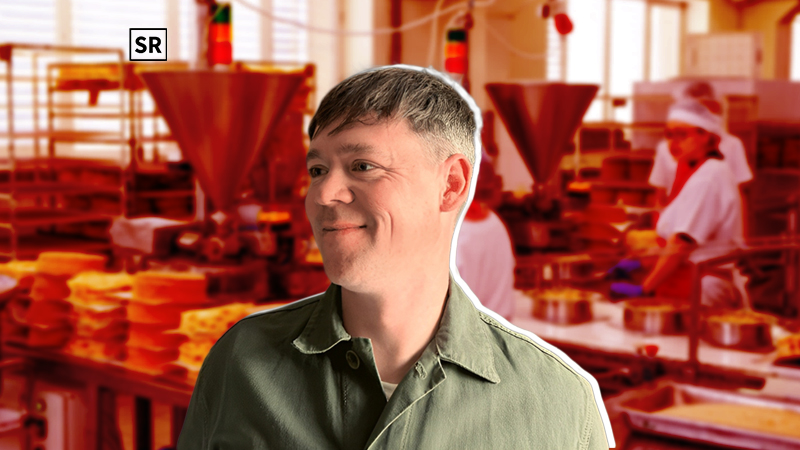
Platter: Jack Clegg Is Redefining The Future of Wholesale Food, Enabling Smarter Way To Buy & Sell
Kailee Rainse May 13, 2025


 Follow us
Follow us Follow us
Follow us
